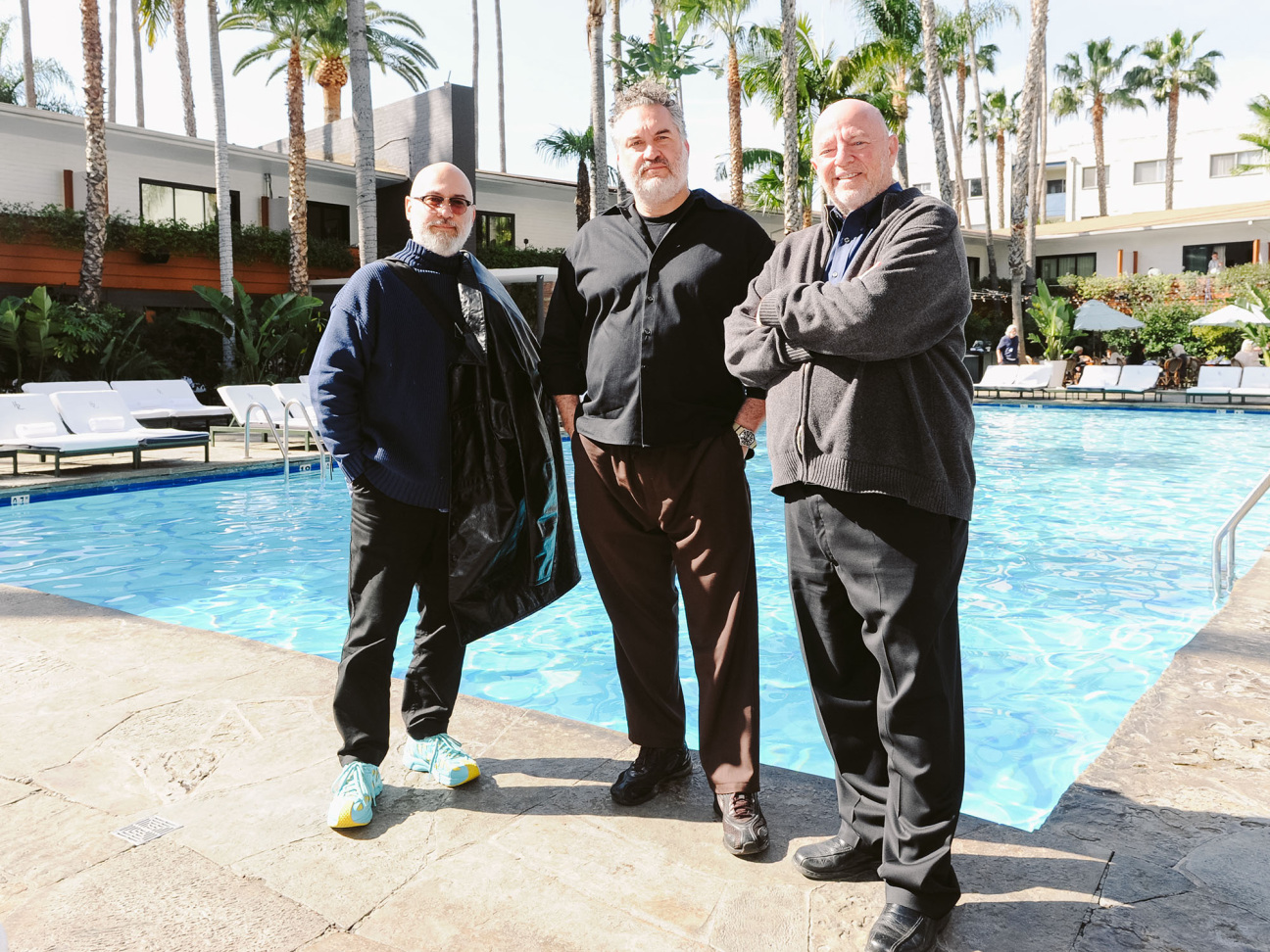
"It'll be fun to see everybody," says Mills Morán, when asked about the upcoming edition of Felix Art Fair, which he founded in 2019 alongside TV exec Dean Valentine and his brother and fellow gallerist Al Morán. The fair is returning to its home at the Hollywood Roosevelt Hotel for its seventh edition following the recent outbreak of wildfires across Los Angeles. "I really hope people come out for it for their own reasons, but also to support the city and support the fairs," continues Mills. "We want to turn this into a very positive moment."
Felix has called the Roosevelt Hotel home throughout its run, transforming the storied venue into a maze of intimate gallery spaces that counter fairs' traditional trade-show formatting. Inside, visitors are immersed in both the city and the scene. "When you walk into a room, you're looking out over Hollywood and the history of Hollywood," explains Valentine. With over 60 exhibitors this year, including more than 30 first-time participants, the fair continues to expand its global reach while staying true to its local roots. The lineup features newcomers like Portland’s ILY2, Paris-based Sobering Galerie, and Australia’s COMA, alongside returning LA favorites Nicodim, Murmurs, Sea View, and the brothers' own Morán Morán. In light of the fires' impact on the city’s arts community, Felix has also partnered with the Grief and Hope Fund, directing a portion of ticket sales to relief efforts.
Running from Feb. 19-23, Felix is an opportunity to bring the international community back to LA for a showcase of the community's talents and tight-knit bonds. Ahead of the opening, Valentine and Mills sat down in conversation with CULTURED to run through the fair's highlights, the challenges of curating a lineup that remains intimate yet fresh, and, most importantly, why Felix just "doesn't make sense" anywhere but LA.

CULTURED: How did you put together the lineup for this year? You have more first-timers than returning galleries.
Dean Valentine: We don't have a strict percentage as to how many of each we're going to allow in. Our general guiding principles are to continue our relationships with the galleries that have supported us for many, many years, and then bring in as many new galleries as we have room for. Sometimes galleries drop out, you know, for financial reasons, or sometimes they're doing something else, so there's always space for new entries—and sometimes, honestly, we don't invite people back. We never keep track of what those percentages are.
This year, we were lucky to have space for a bunch of new galleries. They were galleries we've followed and developed relationships with over the years. It's not just about how many galleries want to participate, but who they are, what they show, and how it will fit in with our existing program.
Mills Morán: The fair has definitely lent itself to a younger movement over time. Like almost anything in the art world, we rely upon a lot of people giving us recommendations, as much as we go out and scour and source and look for things. It's always a combination of both. A lot of these come from either galleries that are still participating or used to participate—they recommend other galleries. It's a really nice way to put together a group.
CULTURED: Is there something that you look for specifically in a gallery’s program?
Morán: In some cases we look at presentation. We want to know what people are gonna bring if they're new to us. Whether it's a historical presentation or a younger artist, we evaluate that in a very meaningful way.
Valentine: We were set up not to be curatorially intrusive. We don't tell galleries what to bring, we don't make them do a whole song and dance about what they're gonna put up on their wall. We don't have a board of gallerists that’s basically some older, more annoying art-world version of high school that tells people that they can or can't participate. We trust that the gallerist is a responsible person who knows what their audience wants to see and possibly buy.
With that said, what Mills said is 100 percent right. We do have conversations about what they're bringing, we do have suggestions. We've been doing it for seven years, so we're starting to have a reasonably good sense of what will work with our audience and within those rooms.
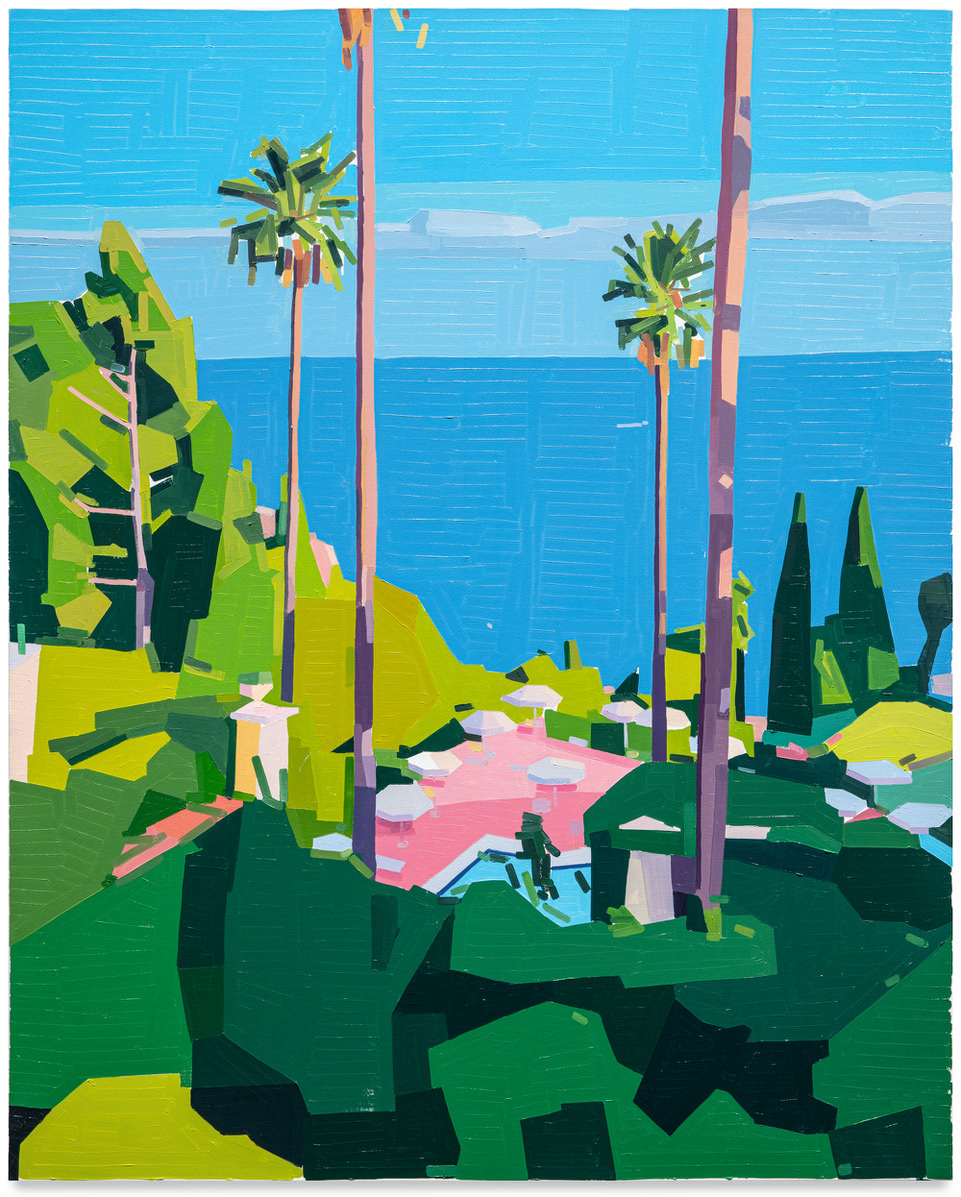
CULTURED: Felix is based on this hotel fair format that was big in the ’90s. Could tell me a little bit about what that means to you?
Morán: Big in the ’90s is probably a stretch! It happened in the ’90s and most famously at the—what was it, the Gramercy, Dean?
Valentine: The Gramercy and the Marmont.
Morán: We were definitely looking for a more intimate experience, something that's less like the ballroom or convention center style trade show that we all are accustomed to going to. There’s natural light during the day. It's really beautiful, being surrounded by a pool area with people engaged in social conversations, and also having conversations about art in your booth. Being able to mix in and out of those situations with the drop of a hat, I think, is really important to us. The way [art is] appreciated for the most part, outside of museums, is in people's homes, and I think this is the best way to emulate that experience, to visualize how something would look over furniture or in a room with other objects in it, as opposed to a clinical white wall, white cube situation. It's less about the transaction; it's more about the experience for the fairgoers and for the gallerists.
Valentine: I would say also that one of the things the hotel gives us is a sense of place. Most art fairs happen in casinos and sort of another world of time and space—there's no windows, so they could be anywhere. It could be Macau, it could be Vegas, could be New Zealand. This hotel is very much a part of Los Angeles. When you're in the hotel, you're in a place that has its own history architecturally and culturally—it was where the first Academy Awards were held. So there's a certain kind of DNA to the art fair that comes from its location and the specificity of where we are. It's a part of the community in a way that a general, boxy art fair can't be in the end.
Morán: No one in their right mind would build this hotel today. It would be too expensive. It wouldn't be feasible to have all the nooks and crannies that this hotel affords us, so the sense of place is a very special thing for this fair.
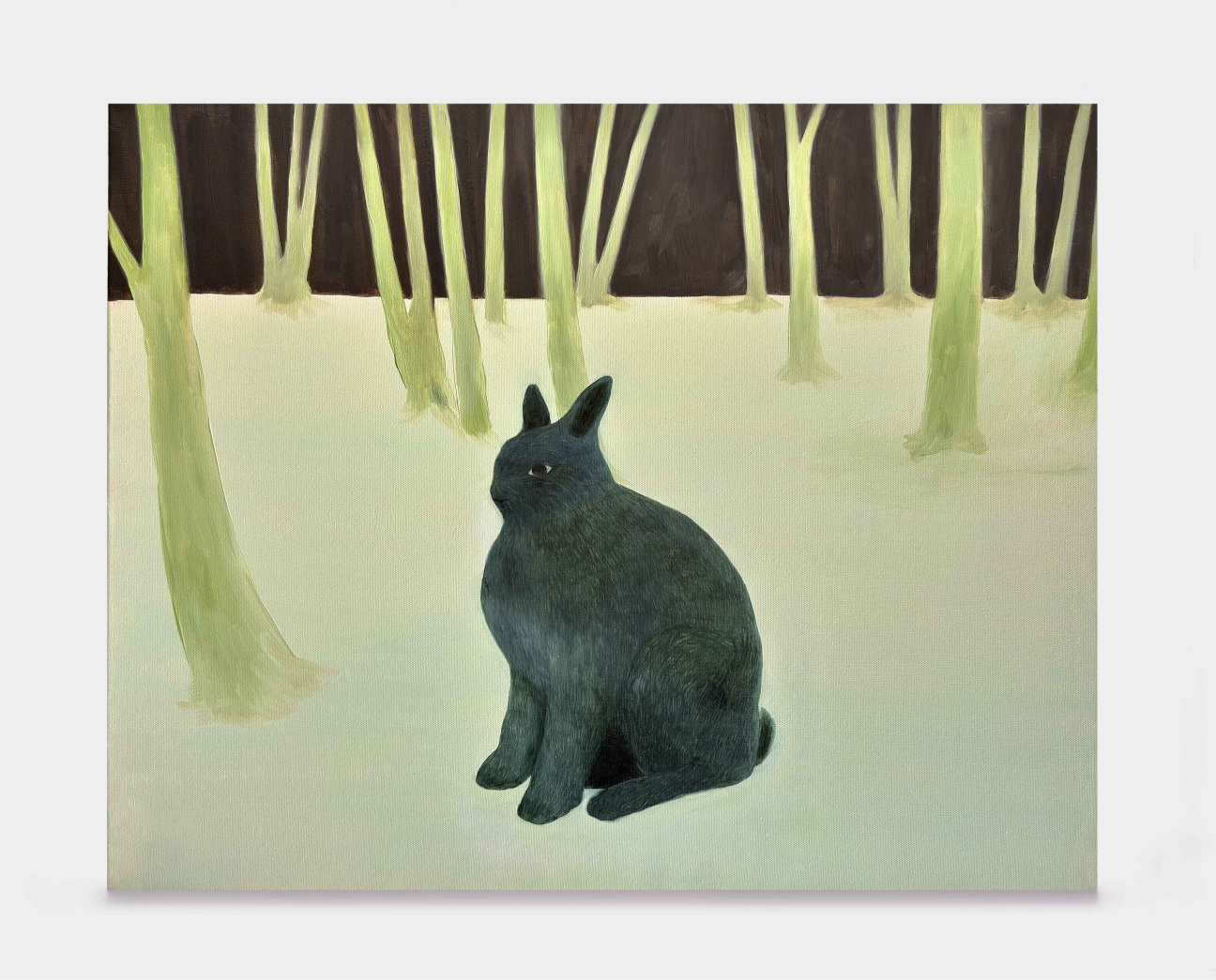
CULTURED: After the fires in LA, you made the choice to go ahead. How does it feel to be bringing the community together after what's happened?
Morán: That choice was made with the community. It wasn't a unilateral decision on our part. I was part of a town hall that had about 160 to 200 people, all from the arts community. They were discussing whether the artists lost their homes or galleries or other art administrators. We got the general feeling that this is what everybody wanted. We felt like it was the right moment to push forward and not retreat, but also celebrate LA as the cultural city that it is with great institutions and great galleries. We think it's the right move to make it feel as normal as possible.
We also knew that there was a lot of time between the initial start of the fires and when this would launch, which is about six weeks. Everything feels very raw at the beginning and then all of a sudden it starts to subside. A sense of normalcy came to us really quickly after a couple of weeks, and it felt like a no-brainer once we got buy-in from all members of the community. Everyone was unanimous in thinking this is the right thing to do.
CULTURED: Are there any presentations you're particularly excited about and want to highlight from this upcoming edition?
Valentine: There's a few people doing individual artist booths that I think are really cool. I always like it when somebody puts all their chips into one artist. It makes for a really interesting room.
Morán: I've had a lot of phone calls from people that haven't made wholesale changes to their booth, but they've called me and said, "Hey, what do you think about these small little changes that include this LA artist or that LA artist?" They're cognizant of the fact that it's important to support local artists in a time like this. I've had about six people tell me that they're including this and that work, and it's more for a local show of support, which I thought was nice.
Valentine: Megan Mulrooney Gallery is doing a one-person showing of an artist named Nick Taggart, who’s a great, sort of underknown Los Angeles painter whose most famous works are iconography around LA in the 1980s—the kind of go-go era with the glitz and glamour of Hollywood. They're really amazing works. People are starting to look at them again and appreciate them. Having the opportunity to see a whole bunch of them together is going to be a treat for people. It's always been individually collected by galleries, by collectors and stuff like that, but it's been a while since there's been a more coherent look at the work.
I'm also excited that we are trying to find a place for this really amazing installation by Kevin Reinhardt, who's a young artist who just had a show at Marc Selwyn. He's a really amazing artist who does these little mechanical sculptures. The one at Marc Selwyn was a little mechanical puppet of Bill Evans on a swing. It got a lot of attention recently and a lot of positive critical acclaim. This may be a little mechanical doll that cycles across a wire that's strung, and we're trying to figure out if we can find a place to put it where it's not gonna kill somebody if it falls.
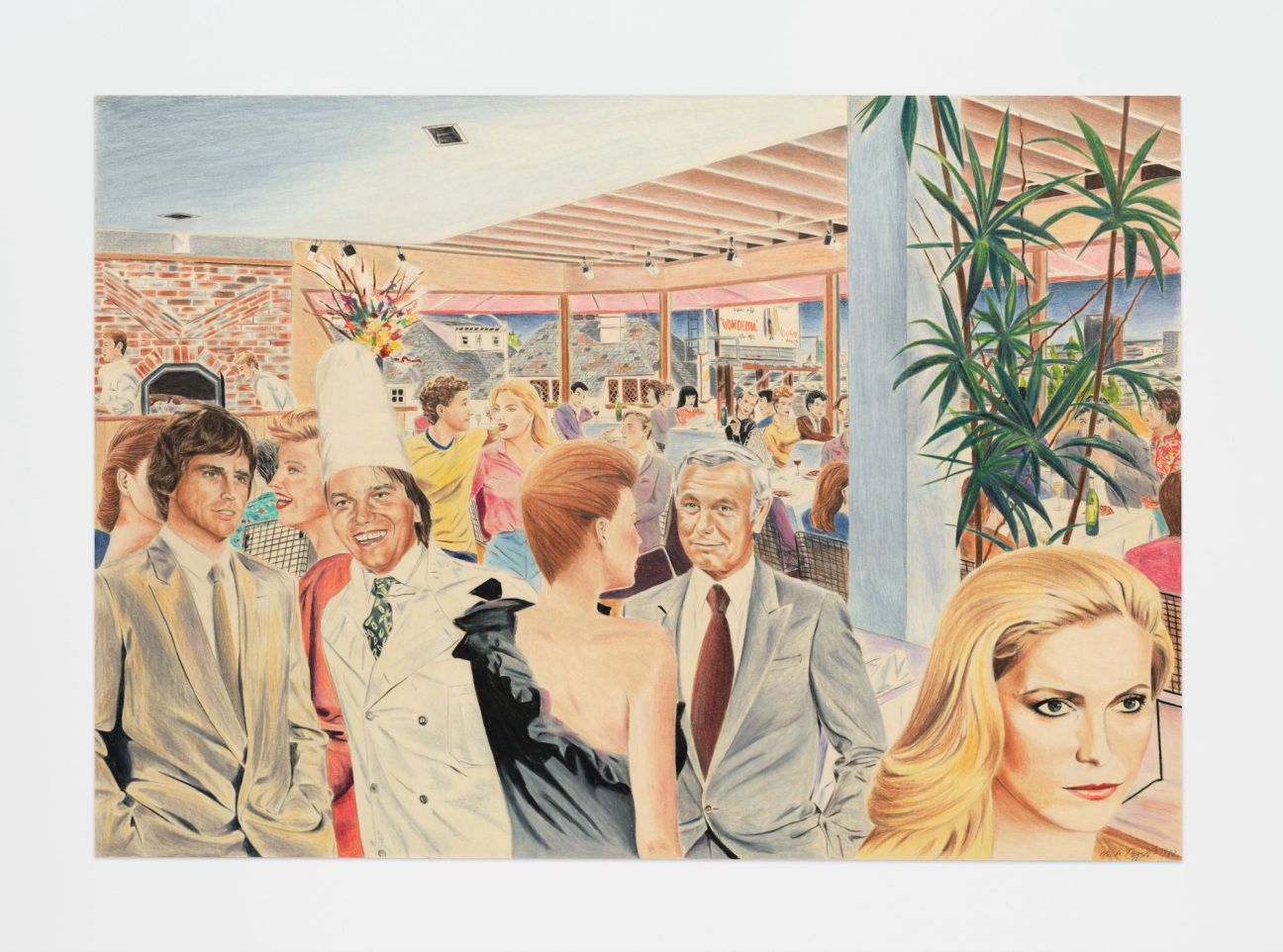
CULTURED: And what is Morán Morán bringing?
Morán: It's a combination of David Benjamin Sherry, SoiL Thornton, Oscar Tuazon, Becky Kolsrud, a local LA artist, and Anders Ruhwald, who's also in our solo show at the gallery that opens on Saturday before the fair. And probably three or four more artists.
CULTURED: Is there a through line with the artists that you selected?
Morán: We're trying to focus on California images with David Sherry’s work, and Oscar’s a local artist, Becky's been in LA for a long time and everyone knows her. We definitely try to include as many local artists as we can. Eve Fowler's also in the booth, and she's a fantastic LA artist—just a cultural powerhouse.
CULTURED: Looking back to when you were first starting the fair, is this how you envisioned it growing?
Valentine: It wasn't really a business vision. It was a vision of creating an experience. We just did it. We didn't have a business plan laid out. We didn't have a long-term strategy; it wasn't like that. We felt the need to have a different kind of art fair experience, and we feel like we've succeeded at doing that. Now we're looking more broadly and seeing if there's a way to recreate that experience in other venues—we're not sure if there is because the whole point of it is the specificity. We're not trying to be the McDonald's of art fairs. I'm not sure that's a real great business anyway. The only thing we try to do is we try to make it a quality experience for the four days that we're there, and to make sure that people have fun, that they connect with the gallerist, that they connect with art. We stay focused on that.
Morán: That being said, I never thought we'd have seven of these, but now I can pretty confidently say I can see us getting to 10. Like Dean said, we've actually been exploring broadly almost since year one, after the first edition, and nothing has really worked in our minds as well as it does here, which is why we've never expanded. It's not for lack of interest or lack of trying, to be honest, but nothing's ever clicked in our heads.
LA is a dynamic city, and with these fairs, it's a dynamic week. I really hope people come out for it for their own reasons, but also to support the city and support the fairs. We want it to be successful for the galleries and the artists because I think those are the the people that are most in need right now, given the state of our market and also the what went on in LA in early January. People from outside of LA need to feel that also.
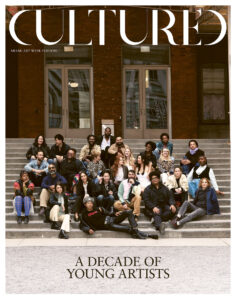
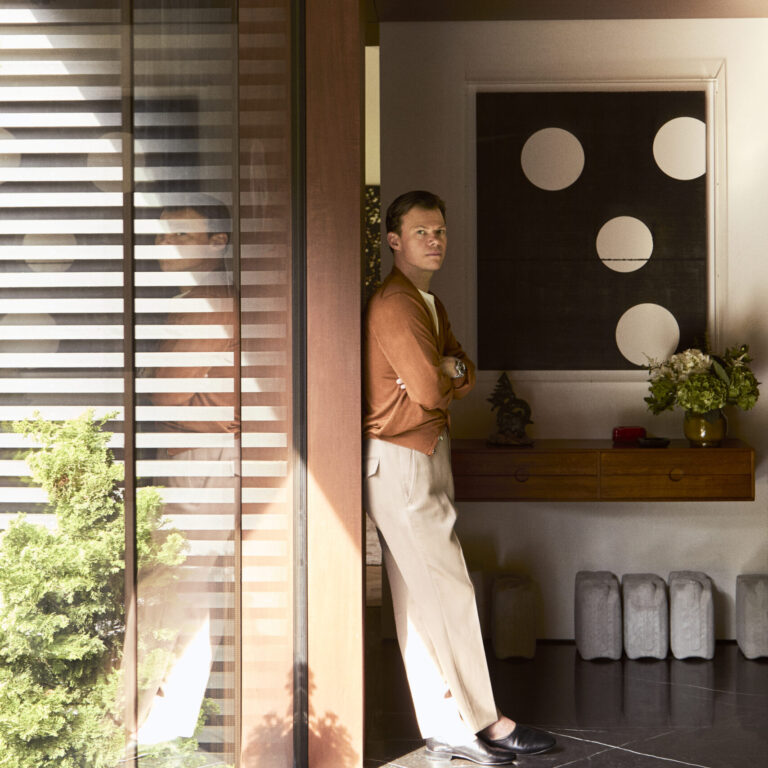

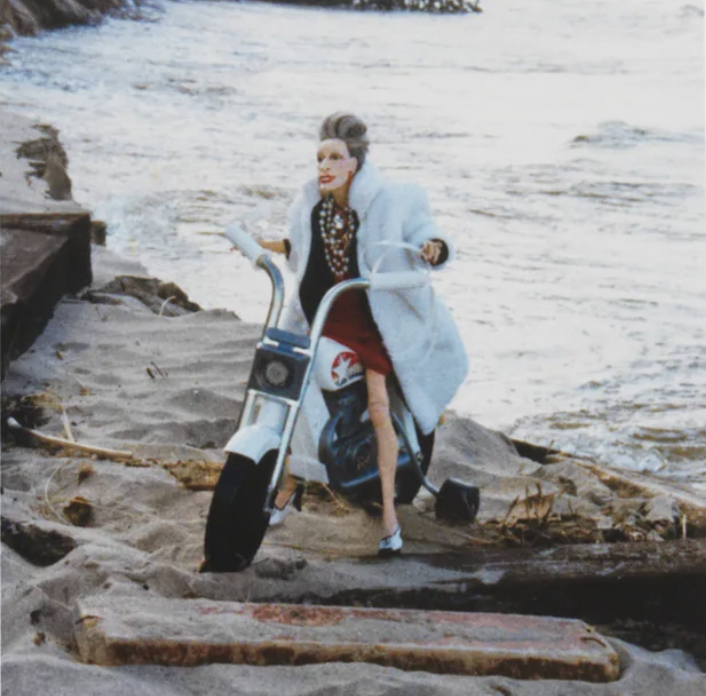
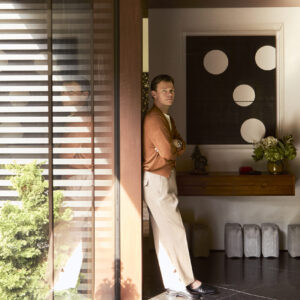
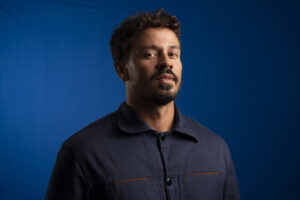
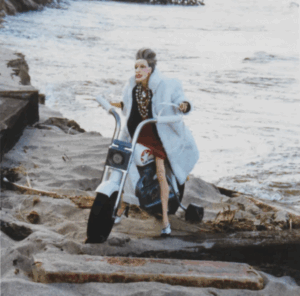

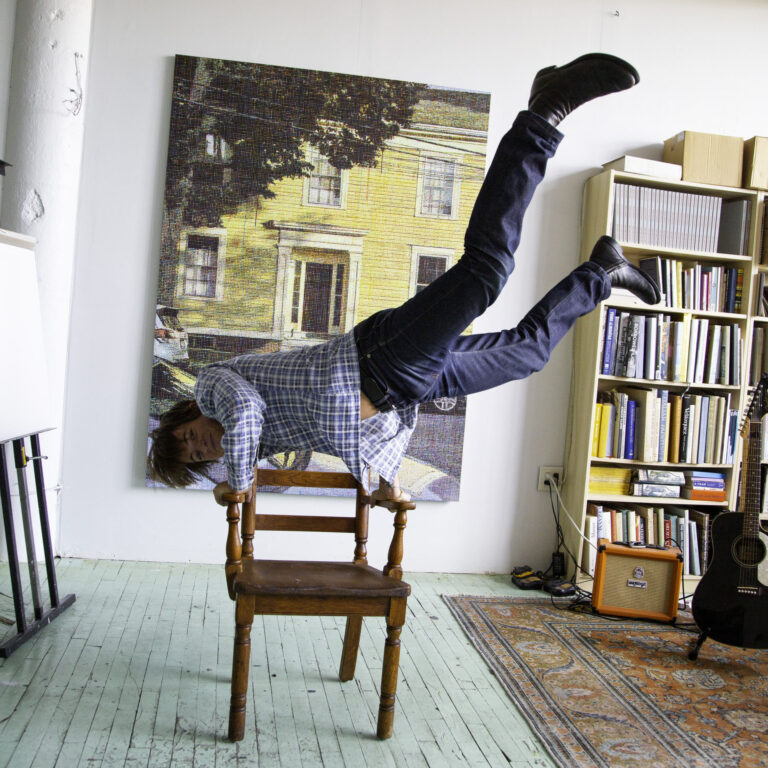

 in your life?
in your life?

